
In 2018, global fisheries and aquaculture each made up roughly 50% of total seafood production totaling 178.5 million metric tons, with fisheries stable and aquaculture growing in proportion over the last thirty years (FAO, 2020). Fisheries and aquaculture can be classified as wild-caught and farm-raised, respectively. Although they are very different industries, fisheries and aquaculture often intersect in supply chains and can be collaborative in nature, such as in the regional foodscape. From a global and national perspective, Great Lakes fisheries and aquaculture are a fairly small player compared to much larger harvest volumes from coastal waters in regions like Alaska (NOAA Fisheries, 2021), but they continue to be locally, ecologically, historically, culturally, and economically important.
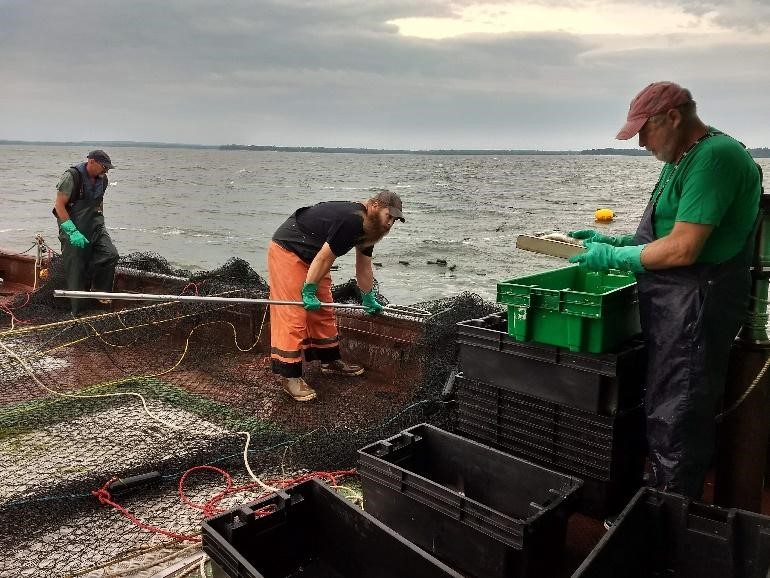
Source: Wisconsin Sea Grant.
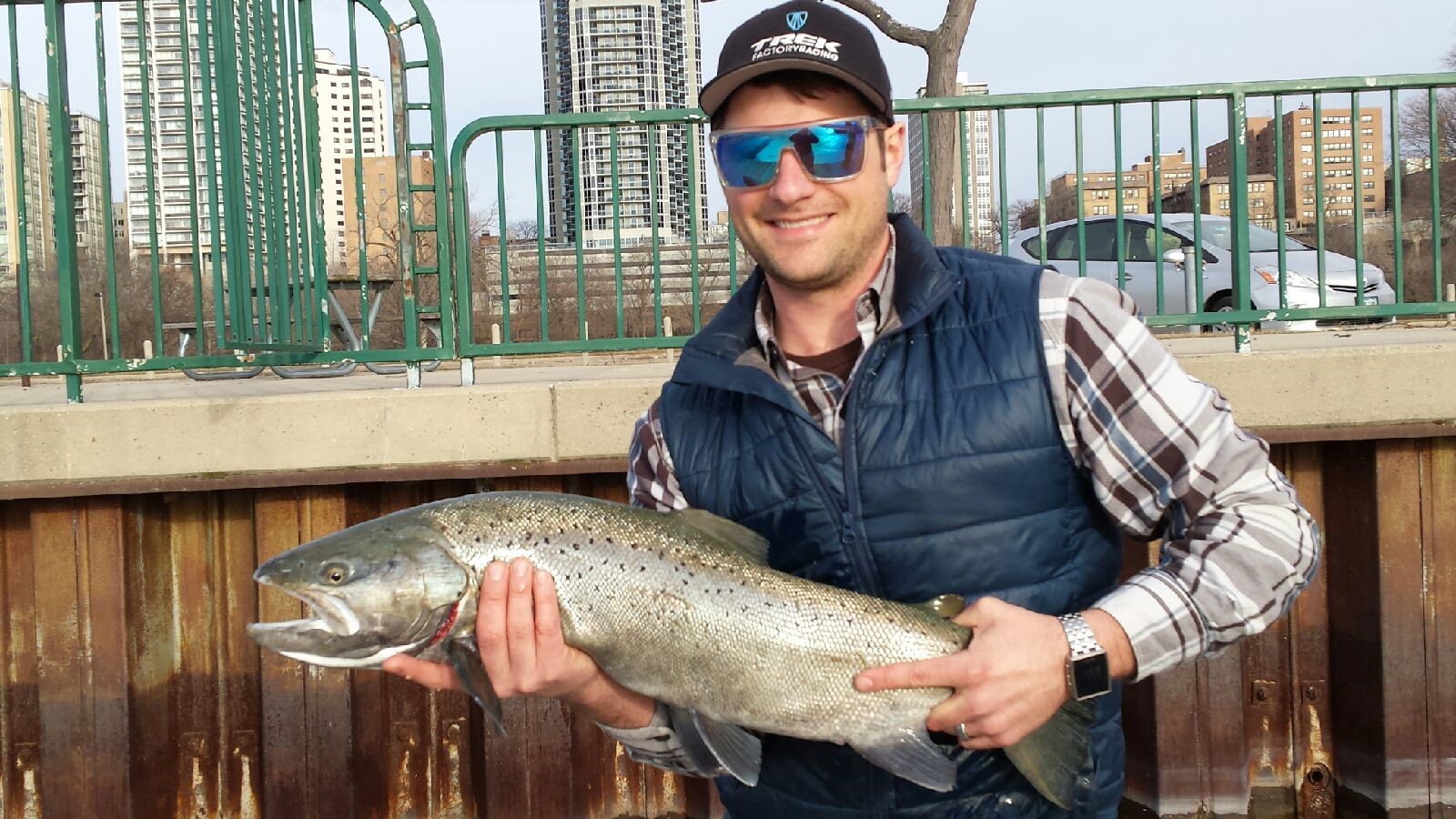
Source: Wisconsin Sea Grant.
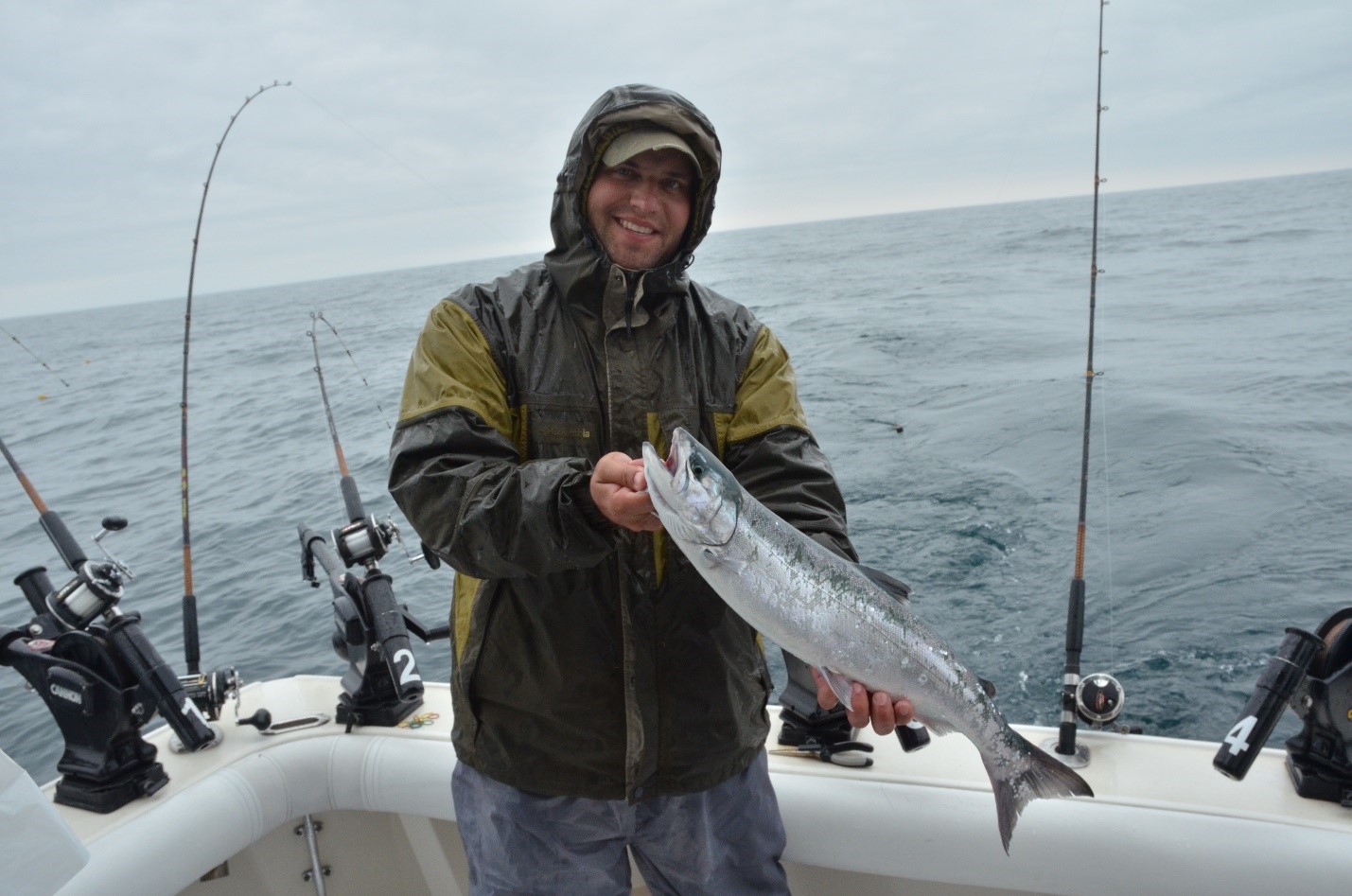
Source: Wisconsin Sea Grant.
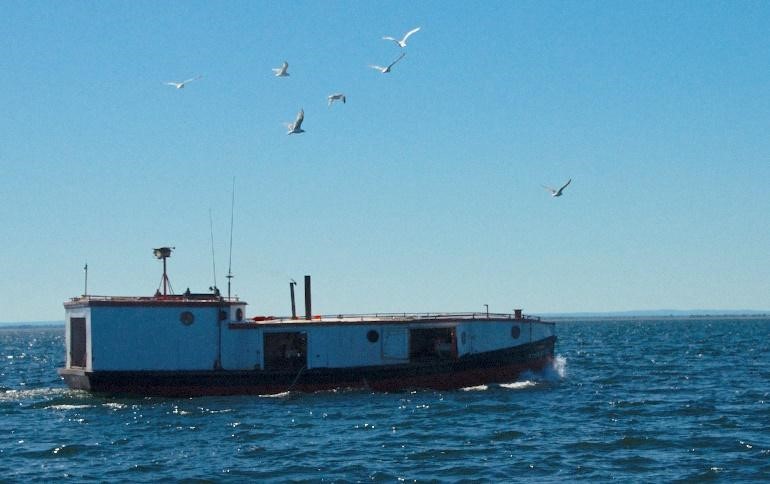
Source: Wisconsin Sea Grant.
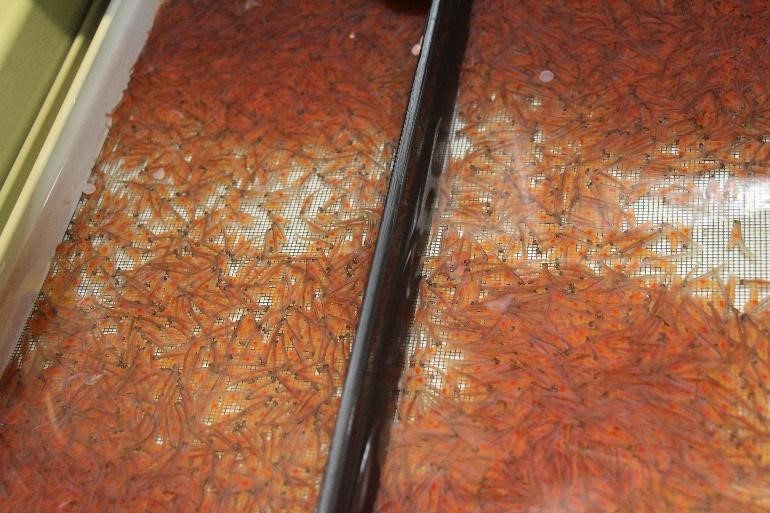
Source: University of Wisconsin Stevens Point-Northern
Aquaculture Demonstration facility.
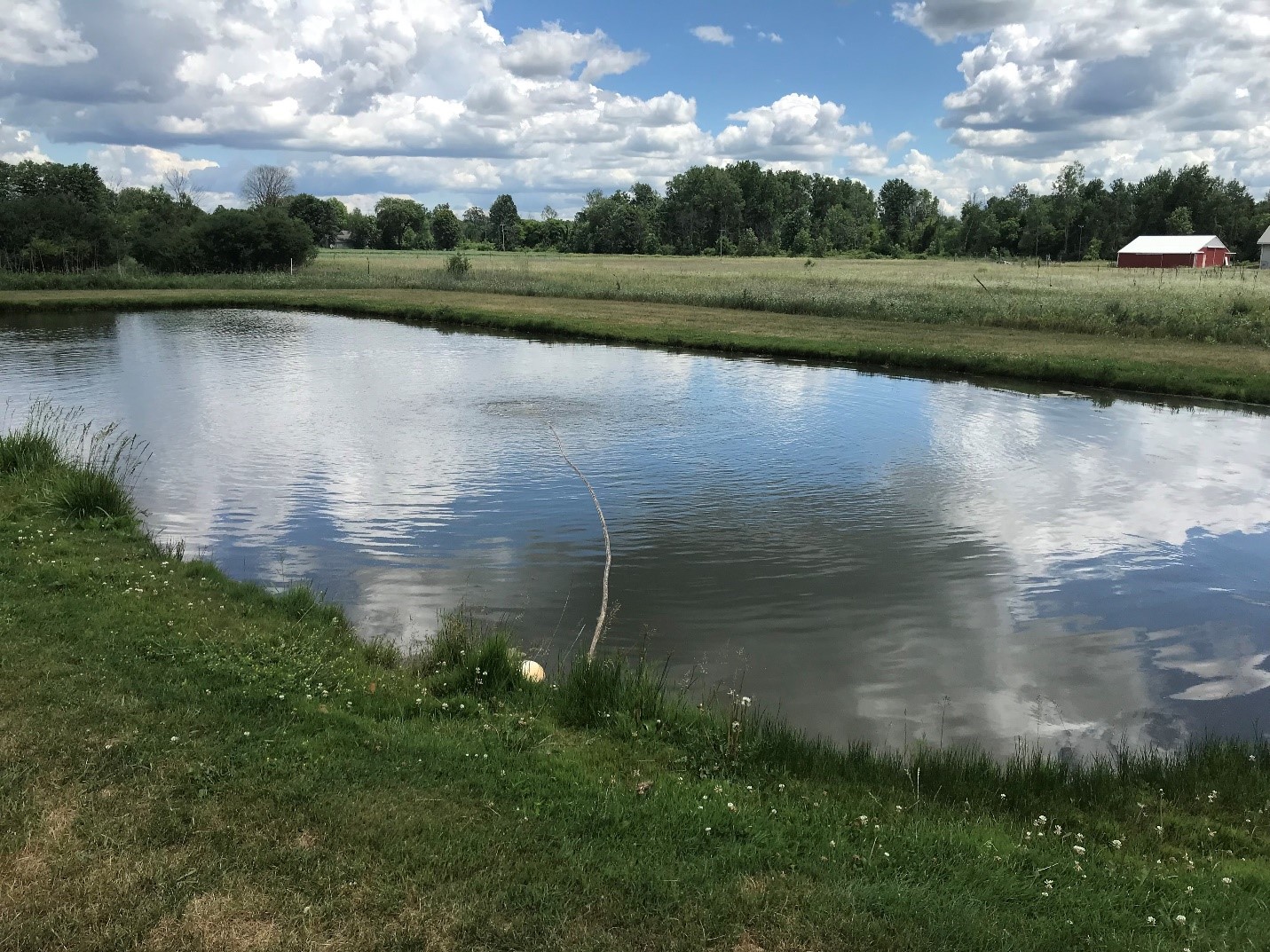
Source: Michigan Sea Grant.
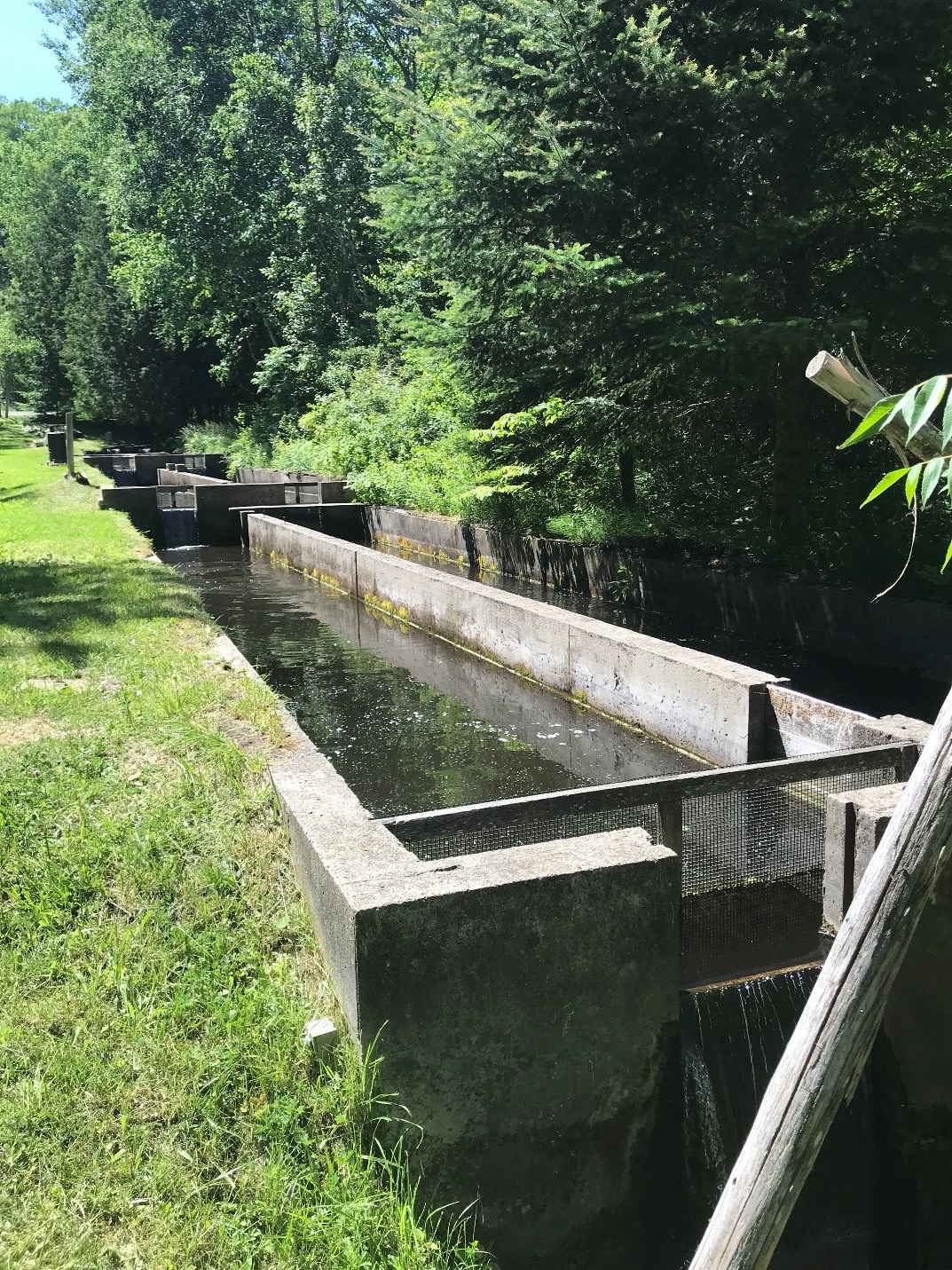
Source: Michigan Sea Grant.
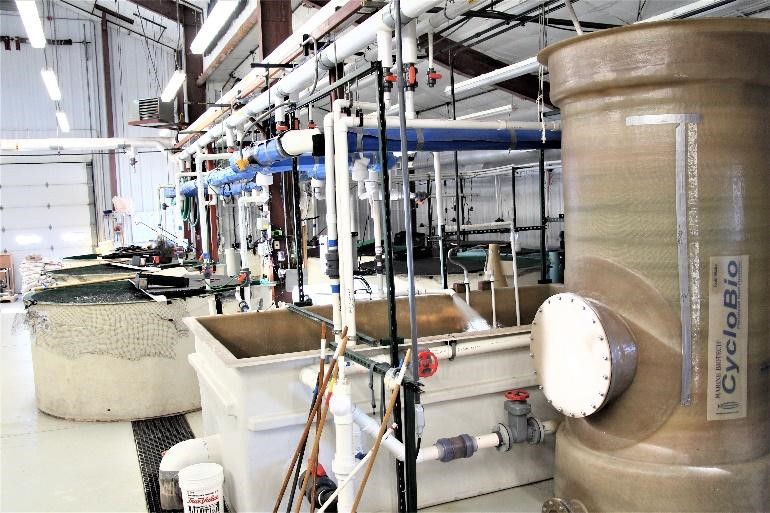
Source: University of Wisconsin Stevens Point-Northern
Aquaculture Demonstration Facility.
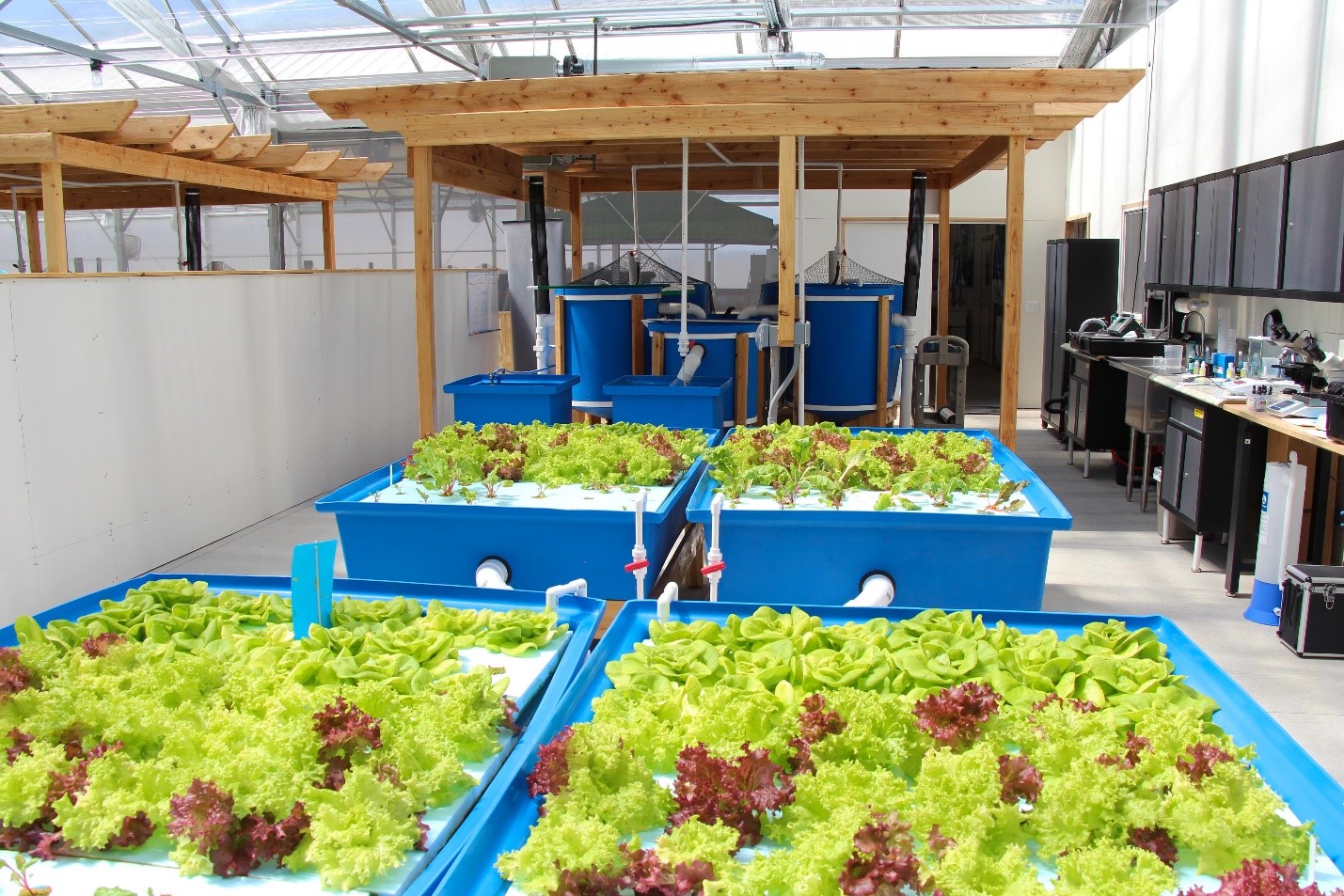
Source: University of Wisconsin Stevens Point-Northern
Aquaculture Demonstration Facility.
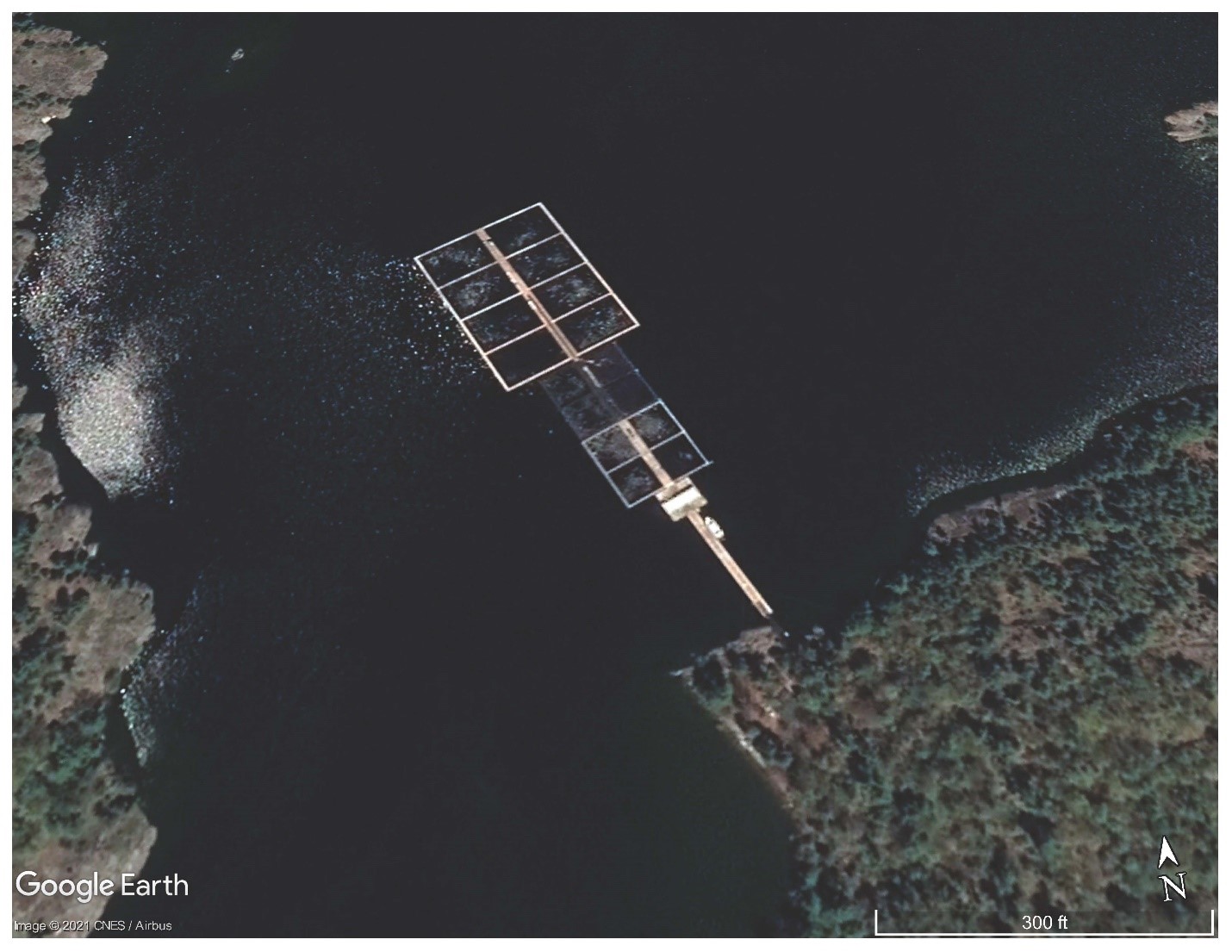
Source: Google Earth.
The wild-caught fisheries sector includes the commercial, recreational, and charter industries. These types of fisheries are managed by state and provincial agencies as well as collaborations between states and tribal nations.
Commercial fishing is the harvesting of fish from the wild in large volumes that can then be sold as a commodity (Figure 1), with harvesting methods depending on target species, best management practices, and regulations. The wide range of harvesting methods include entrapment (trap nets), entanglement (gill nets), and active (trawl nets). There are many pathways for these fish to be sold: direct to consumer or restaurant; wholesale to a processor for local, regional, or national sale; or exported internationally. Many Great Lakes commercial fishers are multigenerational small businesses that process their own fish and create value-added products. Common species harvested are lake whitefish and lake trout in the northern Great Lakes and yellow perch and rainbow smelt in Lake Erie.
Recreational fishing is when individuals go out and catch fish for enjoyment, trophy, or subsistence fishing (Figure 2). Anglers—those who fish recreationally—are a major source of revenue across the Great Lakes region (not including the region’s inland waters), where an estimated 1.8 million anglers spend $2.2 billion on trip expenses such as traveling, lodging, and equipment (U.S. Department of the Interior, 2016). The abundant waters in the region allow for diverse and varied opportunities for fishing, from perch to walleye to salmon.
Charter fishing and fishing guides (Figure 3) are services provided to individuals or small groups (clients) to take them fishing on Great Lakes waters or inland waters. Charter companies and guides provide the boats, all the required equipment, and expertise on the locations of targeted fish species to enhance their customers’ fishing experience. Clients generally catch trophy or a large quantity of fish allowed by regulations; they may take the processed fish home or they can take the fish to restaurants that are part of programs like Michigan’s Catch and Cook (https://www.michigancatchandcook.com/) and will cook it for them. Trips are generally half- or full-day excursions and are a popular choice for those new in an area who want to try trophy fishing.
Tribal nations regulate and provide licenses to tribal members for commercial and subsistence harvest as well as ceremonial fishing (Figure 4). The Great Lakes has a substantial number of tribal commercial fisheries—especially in Lakes Superior, Huron, and Michigan—that are members of the Great Lakes Indian Fish and Wildlife Commission (GLIFWC; http://glifwc.org/) or Chippewa Ottawa Resource Authority (CORA; http://www.1836cora.org/). These ceded territories in the Great Lakes provide venues for various traditional harvesting methods including gill netting for commercial fishing, ice spearing for lake sturgeon, and spear fishing for walleye.
A fish hatchery is aquaculture, or fish farming (as described below), which cultivates or grows aquatic animals in the early life stages (Figure 5). For most fish species, mortality can be very high in the first few weeks of life, so hatcheries can provide proper management conditions to improve survival during these times. The term “hatcheries” is commonly understood in the Great Lakes region as a culture system in which the end use of that fish is for stocking, or “planting” fish into a wild habitat as a natural resource initiative. However, hatcheries provide optimum growing environments for all fishes regardless of aquaculture systems or end uses; fish cultivated in aquaculture environments may be used for stocking, food, bait, or restoration efforts.
Tasks related to hatchery production include collecting gametes (eggs and sperm), hatching eggs, and growing larval fish through the early life stages. Eggs may be collected from captive or domesticated broodstock or from wild fish. Hatchery-raised fish may either continue to be raised in grow-out systems on the same farm, transferred to another system for grow-out, or stocked in natural waterways for conservation, restoration, or sport fishing end uses. Hatcheries may supplement commercial, recreational, or charter fishing fisheries by providing fish that can grow to catchable size in natural waters (e.g., Great Lakes Pacific salmon stocking by the states and provinces as fingerlings and yearlings), providing support to spawning stocks by enhancing their populations, or restoring species to areas in which they are no longer present or have experienced population declines (e.g., native mussel programs). In the Great Lakes region, there are many private, state (Department of Natural Resources), federal (U.S. Fish and Wildlife Service), and tribal hatcheries. Confusions within regulatory agencies and aquaculture associations are also amplified under the term “hatcheries,” as many states legislatively began public aquaculture as a means for stocking under state departments of natural resources while private aquaculture began as a means for growing animals for food under the departments of agriculture. This distinction also contributes to the complexity in these industries’ economic valuations.
Aquaculture is the process of rearing and growing fish or other aquatic organisms by human interventions (regardless of system used or product end use). Aquaculture may also be called fish farming or fish culturing, and includes raising various fishes, crustaceans, bivalves, or plants (e.g., seaweed or kelp) in an aquatic environment. In addition to hatcheries, aquaculture can provide further control over environmental factors to enhance fish growth and survival. Generally, fish species raised using aquaculture are categorized into three groups based on their ideal temperature requirements for growth: cold water (e.g., trout and salmon), cool water (e.g., yellow perch and walleye), and warm water (e.g., catfish and tilapia). A region’s water temperature is an important consideration when choosing the right species in terms of biology, survival, and costs. For an operation to be successful, it is crucial for aquaculturists (i.e., fish farmers) to fully understand the biological and environmental requirements of the species raised. This includes water quality (temperature requirements, biosecurity, and potential diseases), hydrology (flow rates and velocities), and feed and nutrition. Here, we highlight aquaculture as it pertains to raising fin fish, which are the most common sector of the aquaculture industry in the U.S. Great Lakes region.
Most aquaculture facilities in the United States are private businesses that grow fish as a primary or secondary source of income. Aquaculture facilities can also be public facilities such as hatcheries (described above) or farms utilized for educational or research purposes by schools, universities, and nonprofits. In general, private aquaculture businesses either raise fish for food, ornamental/pets, bait fish, or stocking (such as sportfish species in public or private waters). Besides the various species produced and end uses of aquaculture, these facilities can also have various scales of production intensification. Regardless of which system is utilized, it is important to fully understand permitting and regulations of each system regarding water usage and effluent (water leaving the facility). Here, we describe aquaculture from extensive to more intensive systems found in the U.S. Great Lakes region: ponds, raceways/flow-through systems, recirculating aquaculture systems, and aquaponics. We also touch on net pens; however, these are currently not being operated in U.S. Great Lakes waters.
Fish production can occur in outdoor ponds either constructed specifically for aquaculture or in existing, natural ponds (Figure 6). Commercial production commonly utilizes constructed ponds with a collection kettle that allows the pond to drain and congregate the fish during harvest. Ponds are the most common production system around the world and are more forgiving in terms of risk and investment. However, ponds do require sufficient land and water surface area. Pond systems are commonly used to grow fish for stocking, bait, and food.
Raceways are a common type of flow-through system, in which water enters one end of a fish tank and exits the other end. (Figure 7). Older raceways are typically rectangular concrete tanks, while more modern flow-through systems utilize circular fiberglass tanks. Generally, raceways are either single pass or connect in series, where gravity and topography are utilized to drop water a few feet for re-aeration before flowing into the next raceway. Raceways are commonly used to grow cold-water species, such as salmon and trout, which typically require better water quality. Raceway systems can divert stream water into a facility and then discharge back into the same stream at a lower location. Artesian wells and groundwater are a more modern water source for raceways, as they can supply the large volumes needed for adequate flow and reduce the potential environmental impacts. Due to the high water usage and nutrient discharges, these systems may require additional permitting and regulation costs. Raceways are common systems to grow fish for stocking and food.
A recirculating aquaculture system, or RAS, is a self-contained, indoor aquaculture system that can reuse over 90% of its water. These systems can also be highly customizable and optimized to meet various species needs (Figure 8). Water is recycled through various stages—including mechanical and biological filtration, oxygenation, and sterilization systems—before being reused in the fish tanks. RAS can provide numerous benefits including continuous market supply, enhanced biosecurity, increased optimization and control over the fish rearing environment, effective capture of waste, no interaction between farmed fish and wild fish populations, and potential for reduced overall carbon footprint by providing increased domestic seafood availability close to local markets. Although regarded as having a low environmental impact, RAS is an extremely intensive system that requires a large initial investment, specific expertise to run and manage, and very high risk with regards to product loss. The complexity and dependence of the system design mean that fish can be lost within minutes if issues are not quickly addressed. The increased energy use necessary to run these systems can also be challenging at large scales. Some important requirements or limitations for fish species raised in RAS include species with high market value as well as access to a consistent egg or fingerling supply to ensure consistent harvests of market size fish throughout the year. RAS is a common system used to grow ornamental species (e.g., tanks in pet stores) but is also commonly used to grow fish for food.
Aquaponics is a type of RAS in which nutrients generated from fish waste are used to fertilize plants (e.g., lettuce, microgreens) using a hydroponic system, which can be sold as a commodity in addition to the sale of the fish (Figure 9). The plants and biological filtration from beneficial bacteria in the system help clean the water for reuse in the fish tanks. In a coupled system, the water can be returned to the fish tanks. In a decoupled system, fish are reared in a separate RAS and a side stream of nutrients is sent to the plants; water does not return to the fish. The primary product, or value, in an aquaponics system is generally the plants, while the fish is the secondary product. This is important in business planning and development as many aquaponic facilities can fail if the investment is greater than the return—which is commonly overlooked. Aquaponics is a system used to grow fish for either food or ornamentals.
Although net pen aquaculture is common globally, with increased interest in expanding its use in U.S. federal waters, net pens are currently not being operated in the U.S. waters of the Great Lakes. Net pens are large cages placed in open waters (Figure 10) where there is adequate water exchange for large volumes of fish. This also leads to the fish food and fish waste being diluted and impacting the local environment. The only commercial net pen aquaculture currently operating in the Great Lakes is in the Canadian waters of Lake Huron. Some U.S. states allow limited net pens in streams and rivers—such as with stocked salmonids or sturgeon, which allows for imprinting on the stocking location and larger size at release (if feeding) and reducing predation at stocking. However, net pens are commonly used to grow fish for food.
This brief overview of common aquaculture systems utilized for raising fish and aquatic species demonstrates that, regardless of the system type, all systems need to use best aquaculture practices in order to maintain ideal conditions for the species being cultured. Aquaculture can be a sustainable way to enhance fisheries and provide global food security with an increasing global population.
The diverse fishery interests in the Great Lakes region include both fisheries (wild-caught) and aquaculture (farm-raised) fish. These fish-related businesses impact communities through tourism, food security and sales, cultural and historical value, and supporting local jobs. Future fisheries and aquaculture opportunities will need to consistently monitor changing markets and environmental conditions to maintain a sustainable, successful business.
FAO. 2020. The State of World Fisheries and Aquaculture 2020. Sustainability in action. Rome. Available online:
https://doi.org/10.4060/ca9229en.
Great Lakes Aquaculture Collaborative. 2021. Available online: https://greatlakesseagrant.com/aquaculture/.
Great Lakes Fishery Commission. 2021. Available online: http://www.glfc.org/.
NOAA Fisheries. 2021. U.S. Fisheries by the Numbers. Available online: https://www.fishwatch.gov/sustainable-seafood/by-the-numbers.
NOAA GLERL. 2021. About Our Great Lakes: Lake by Lake Profiles. Available online: https://www.glerl.noaa.gov/education/ourlakes/lakes.html.
U.S. Department of the Interior, U.S. Fish and Wildlife Service, and U.S. Department of Commerce, U.S. Census Bureau. 2016. 2016 National Survey of Fishing, Hunting, and Wildlife-Associated Recreation. Available online: https://www.fws.gov/wsfrprograms/subpages/nationalsurvey/nat_survey2016.pdf.